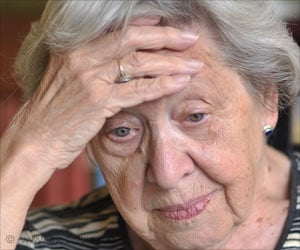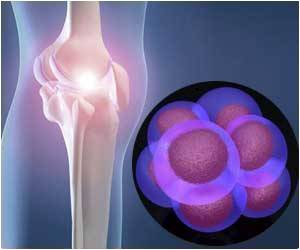A new tool offers a simple way to estimate fall risks in older adults. This innovation aims to improve safety and prevent injuries in an aging population.

Development and validation of a prediction model for falls among older people using community-based data
Go to source) To address this issue, researchers have developed a simple formula and assessment tool for estimating fall risks in older adults. This tool was created using data collected from older adults over a ten-year period, from April 2010 to December 2019.
‘A groundbreaking assessment tool can now help predict #fallrisk in #olderadults. This could revolutionize #fallprevention efforts.’





Fall Risk Estimation Tool for Older Adults
The research team reviewed a total of 7,726 physical tests and data from the Japanese government’s Kihon Checklist self-reporting questionnaire of 2,381 participants who participated in community-based exercise groups. The data was analyzed under a contractual agreement between Sumoto City in Hyogo Prefecture and the University of Hyogo.A history of falls and the inability to stand on one leg were previously reported as the primary indicators for fall risks, but the recent analysis found that poor oral and cognitive function were also contributing factors. Additionally, short-term participation in the exercise program was found to be ineffective.
“We believe that this tool will provide valuable information to health care providers for screening older adults at risk for falls and assist them in prevention and follow-up care,” said Professor Toyoda.
“We hope that municipalities will make extensive use of the system because preventing falls among older adults not only extends their life expectancy, but also helps control medical and long-term care costs.”
Reference:
- Development and validation of a prediction model for falls among older people using community-based data - (https://link.springer.com/article/10.1007/s00198-024-07148-8)









